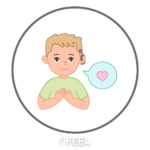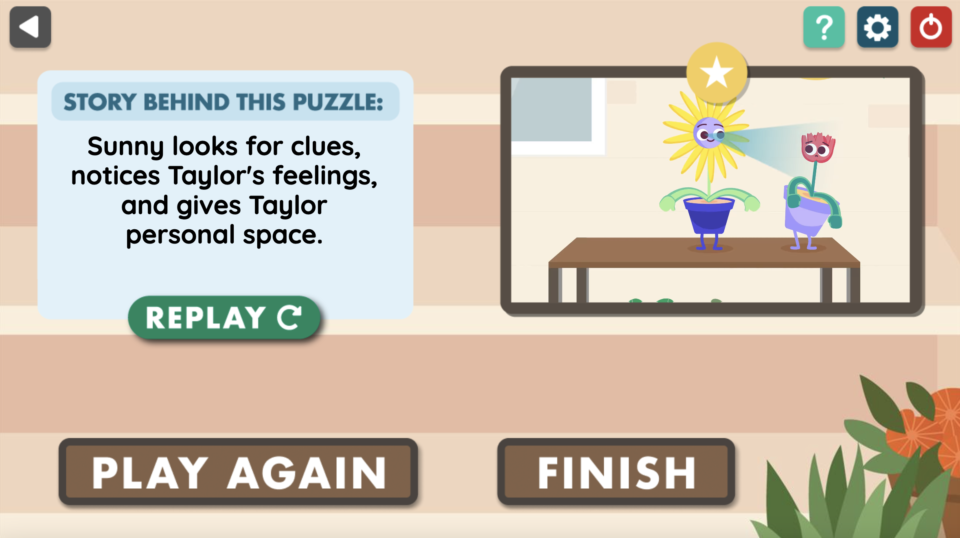
Emotional recognition is a fundamental skill for preschoolers, particularly for those in special education settings. Understanding and identifying emotions helps children communicate better, build empathy, and develop healthy social interactions. Everyday Speech offers an interactive digital puzzle to teach emotional recognition skills. In this blog post, we’ll explore how early childhood special educators can use this interactive tool with a structured lesson plan and simple, no-prep activities.
Why Emotional Recognition Matters
Developing emotional recognition skills in preschoolers is crucial for several reasons:
- Improves Communication: Children learn to express their feelings clearly.
- Enhances Empathy: Understanding emotions in others fosters empathy.
- Builds Social Skills: Recognizing emotions helps in navigating social situations.
- Reduces Behavioral Issues: Children with good emotional awareness are less likely to act out.
Introducing the Interactive Digital Puzzle
Everyday Speech’s interactive digital puzzle game is a perfect tool for teaching emotional recognition. The game features three difficulty levels suitable for preschoolers. As children complete the puzzle, the image comes to life and tells a story about recognizing emotions. This engaging approach keeps children interested while teaching essential emotional skills.


Lesson Plan: Using the Interactive Digital Puzzle
Objective
By the end of the lesson, preschoolers will be able to recognize and identify basic emotions through interactive play and storytelling.
Materials Needed
- Interactive Digital Puzzle Game from Everyday Speech
Duration
30 minutes
Activity Steps
1. Introduction (5 minutes)
Begin the lesson by discussing emotions. Ask the children if they know what feelings are and give examples like happy, sad, and angry. Explain that everyone has feelings and it’s important to recognize them in ourselves and others.
2. Interactive Puzzle Game (15 minutes)
Introduce the interactive digital puzzle game. Explain that, together, your class will complete a puzzle, and once finished, the picture will tell a story. Allow each child to help solve the puzzle. Practice turn-taking and teamwork. Adjust the number of pieces / difficulty, as needed.
3. Story Discussion (10 minutes)
After completing the puzzle and watching the story, gather the children for a discussion. Ask questions like:
- What emotion did the characters in the story feel?
- How could you tell how the character was feeling?
- Have you ever felt the same way?
Unlock ALL of our preschool materials by signing up for your free trial today – no credit card required!
Access the full Social Communication Curriculum HERE!
Instant access to thousands of no-prep social skills activities, over 1000+ video lessons, and engaging games designed to enhance learning and development.
Conclusion
Teaching emotional recognition to preschoolers is a vital part of their early development. The interactive digital puzzle to teach emotional recognition skills provides an engaging and effective way to teach preschoolers. By following the provided lesson plan and incorporating no-prep activity ideas, early childhood special educators can help children develop a strong foundation in emotional recognition. This not only enhances their social interactions but also sets the stage for better emotional intelligence as they grow.
Sample Video
Students learn best from watching real students their own age model skills. Try out this sample video lesson. We offer our entire Social-Emotional Learning platform free for 14 days here!
Related Blog Posts:
Everyday Speech Pre-K Materials Are Here!
Fun and Engaging Social Skills Activities for Preschoolers
Free Preschool Self-Regulation Skills Material

